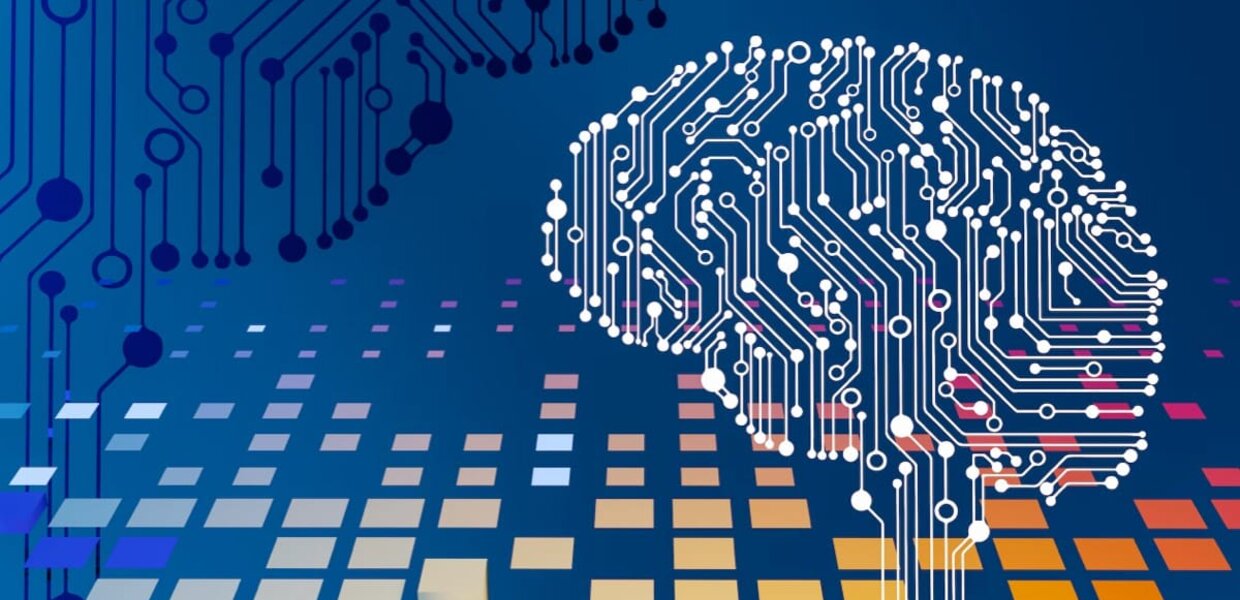Navigating the Digital Wayfinding Frontier and the impact AI is having

With special thanks to our AI enthusiast Soha Ahmed for her contribution.
Introduction
I have been asked a few times, "is artificial intelligence" moving too fast? Do we know enough about what the impact or outcomes will be, and do we see the extent of the improvements it will give us as a global community? For me, the only way any technology can be used is to improve our lives, so we become more efficient and sustainable as a human race. So, in other words, I do not see AI moving too fast, but rather not moving fast enough, as we drive towards a more sustainable future as well as giving us all the ability to move around faster and safer. In this blog, I will explore the concept of digital wayfinding and delve into the ways AI is impacting this field.
In a world where technology is constantly evolving, it comes as no surprise that the way we navigate our physical surroundings has also undergone a significant transformation. Traditional wayfinding, which relied on static maps and signage, has now been revolutionised by the advent of digital wayfinding. And at the forefront of this revolution lies Artificial Intelligence (AI), a powerful tool that is reshaping how we navigate our cities, buildings, and public spaces.
What is digital wayfinding?
Digital wayfinding refers to the use of digital technology, such as mobile applications, touch screens, and interactive maps, to help individuals navigate their surroundings. It provides real-time, location-based information, making it easier for people to find their way in complex environments like airports, shopping malls, hospitals, and even city streets. By leveraging AI algorithms, digital wayfinding systems can analyse vast amounts of data and provide personalised recommendations, ensuring an efficient and user-friendly experience for all. We at Living Map can do this without the need for new infrastructure and hardware.
The role of AI in digital wayfinding
AI plays a crucial role in enhancing the accuracy and efficiency of digital wayfinding systems. Here is some keyways AI is impacting this field:
- Real-time data analysis: AI algorithms can process real-time data from multiple sources, including sensors, cameras, and user inputs, to provide up-to-date information on traffic, crowd density, and environmental conditions. This enables users to make informed decisions and avoid congested areas or potential obstacles.
- AI-powered sensor fusion: Indoor positioning systems leverage AI algorithms to combine data from various sensors such as Wi-Fi, Bluetooth, magnetometers, and inertial sensors. By fusing these sensor inputs, AI algorithms can accurately determine the user's position and movement within indoor environments.
- Personalised recommendations: AI-powered wayfinding systems can learn from user preferences and behaviour patterns to offer personalised recommendations. By analysing historical data, these systems can suggest routes that align with a user's preferences, such as avoiding stairs or crowded areas, thereby enhancing the overall user experience.
- Natural language processing: AI-powered chatbots and voice assistants are becoming increasingly common in digital wayfinding systems. By leveraging natural language processing, these systems can understand and respond to user queries, providing instant directions or information. This eliminates the need for users to navigate complex menus or search for specific information manually.
- Machine learning for continuous improvement: AI algorithms can continuously learn and adapt based on user feedback and data analysis. By monitoring user interactions and collecting feedback, digital wayfinding systems can identify areas for improvement and optimise their performance over time. This ensures that the system remains accurate, reliable, and user-friendly.
- Real-time tracking and navigation: AI enhances indoor positioning systems by enabling real-time tracking and navigation. By continuously analysing sensor data and updating position estimates, AI algorithms can provide dynamic and precise location information to users, allowing them to navigate complex indoor environments with ease.
- Predictive analytics: AI techniques enable indoor positioning systems to make predictions based on historical data. By analysing patterns of user behaviour and movement, AI algorithms can anticipate future positions and provide proactive suggestions or notifications, enhancing user experiences in areas such as retail, healthcare, and hospitality.
- IoT integration: AI-powered indoor positioning systems can integrate with Internet of Things (IoT) devices to create a connected and intelligent environment. By leveraging AI algorithms, IoT devices can communicate their location information to the positioning system, enabling seamless tracking and automation of various processes.
- Future innovations: AI's impact on indoor positioning is an area of active research and development. Ongoing advancements include the use of computer vision for indoor positioning, the integration of AI with augmented reality (AR) for enhanced navigation experiences, and the exploration of new sensor technologies to improve accuracy and coverage.
- Security and privacy considerations: As AI-powered indoor positioning systems gather and analyse user data, it is essential to address security and privacy concerns. AI algorithms can be designed to ensure data protection, anonymity, and secure communication, allowing users to trust the system while enjoying.
It is crucial to strike a balance between leveraging AI's capabilities while upholding ethical standards and maintaining user trust.
Conclusion
Digital wayfinding, empowered by AI, is transforming the way we navigate our physical surroundings. By leveraging real-time data analysis, personalization, natural language processing, and machine learning, AI-powered wayfinding systems offer users a seamless and efficient navigation experience. As AI continues to advance, we can expect further innovations in this field, making our journeys through complex environments simpler, more enjoyable, and more inclusive for all.
Living Map will continue to grow, and as a market leader in Digital Wayfinding, it’s important we use technologies and ensure they support our overall strategy of bringing maps to life. AI does and will play a huge part in our future, and we will continue to grow based on the demands of the digital wayfinding world and how we can continue to lead it.
Request a demo
Experience the power of our mapping, wayfinding, and navigation technology for yourself. See how our software can enhance the customer experience in your facility.


